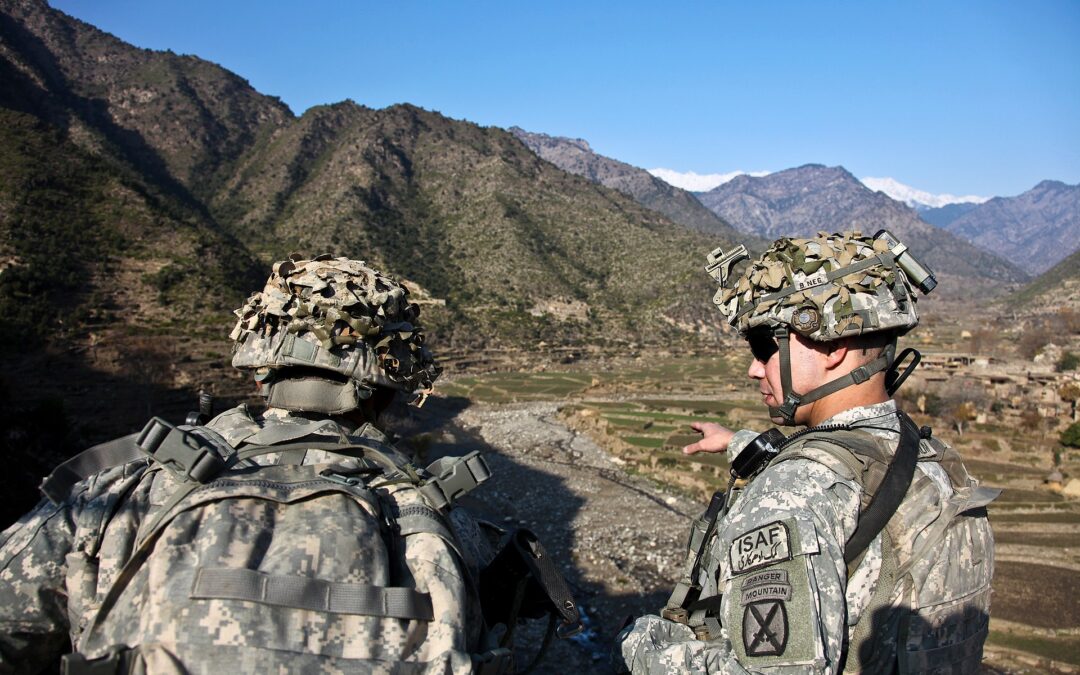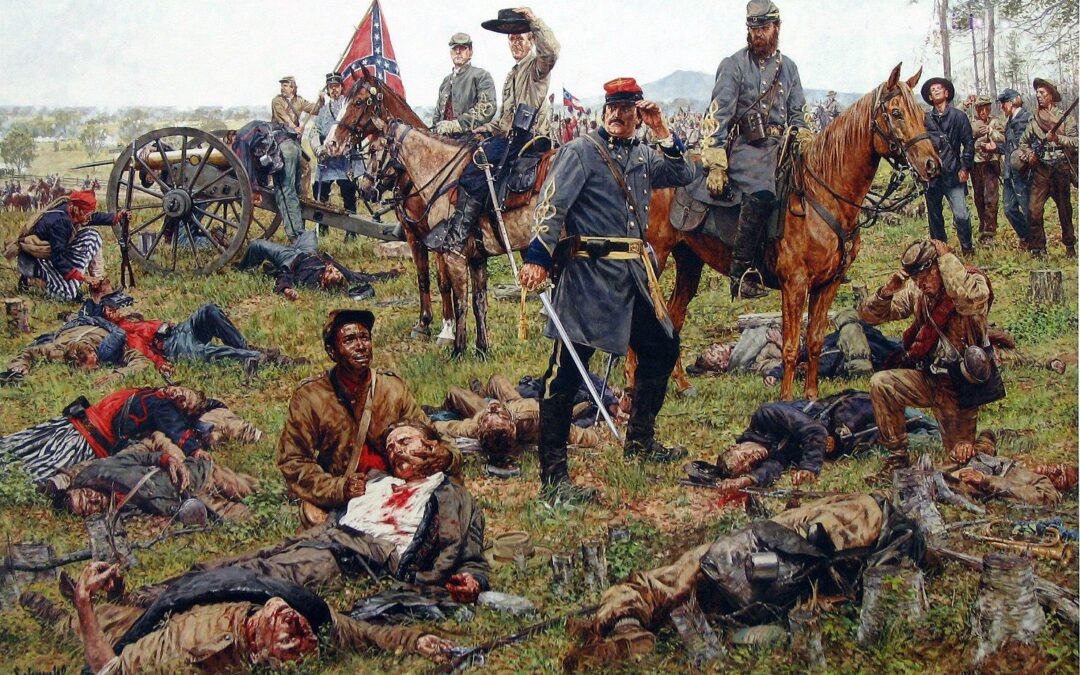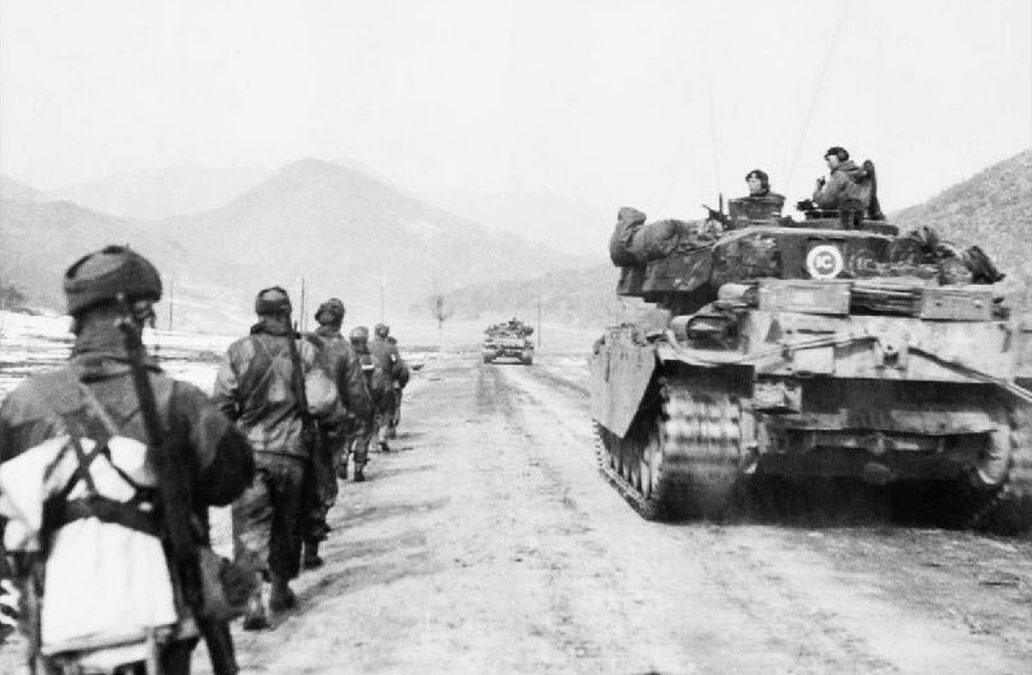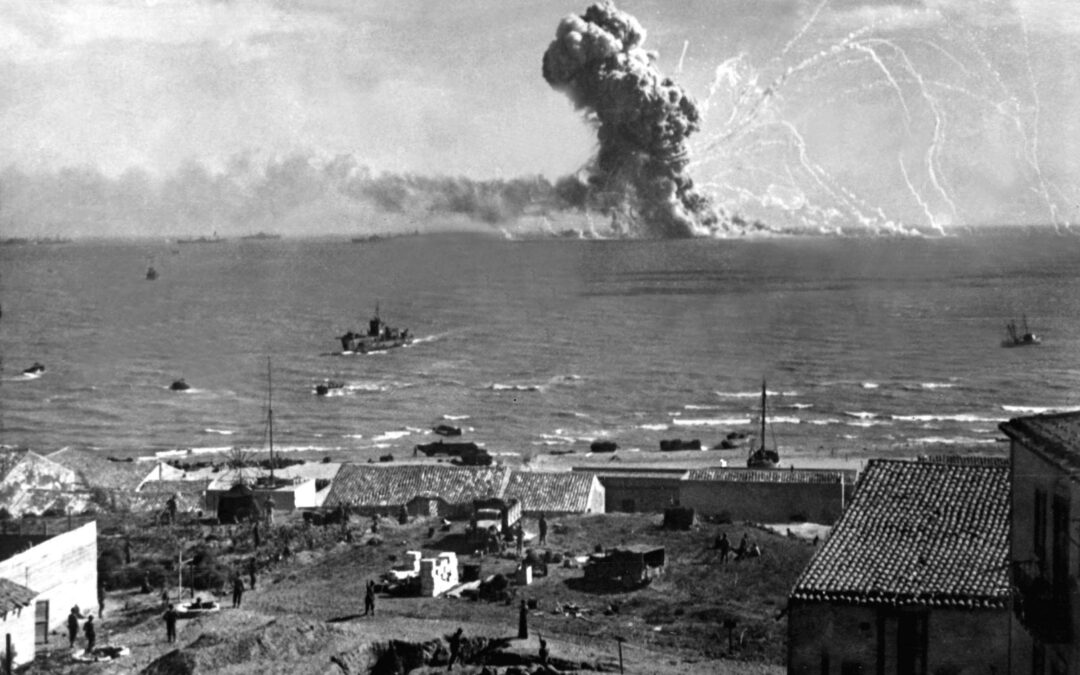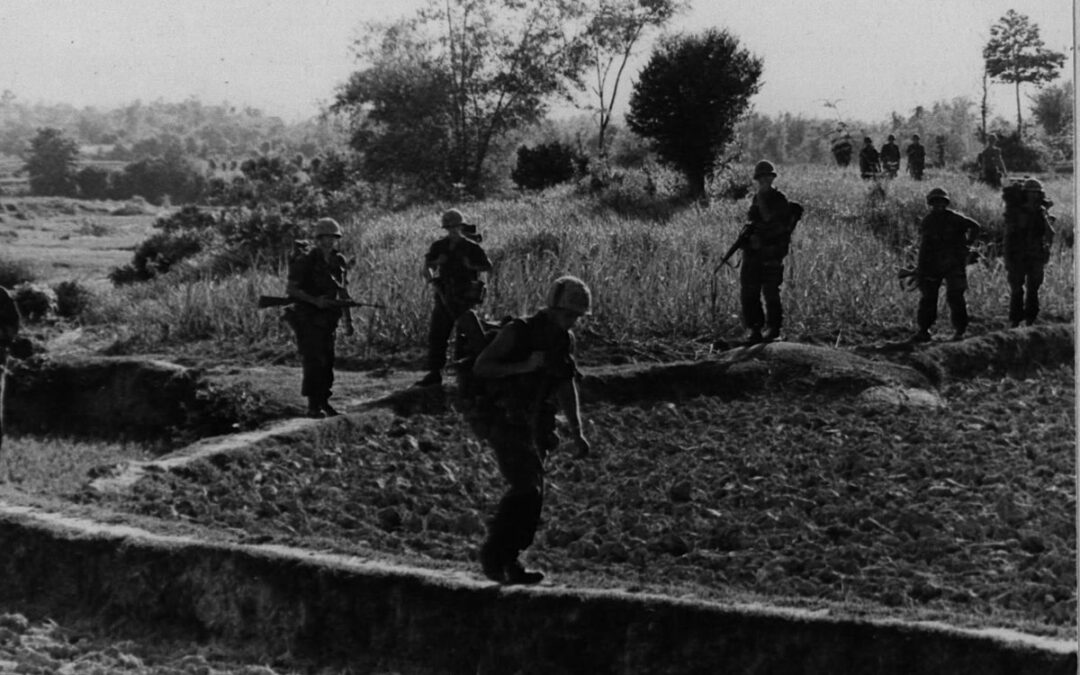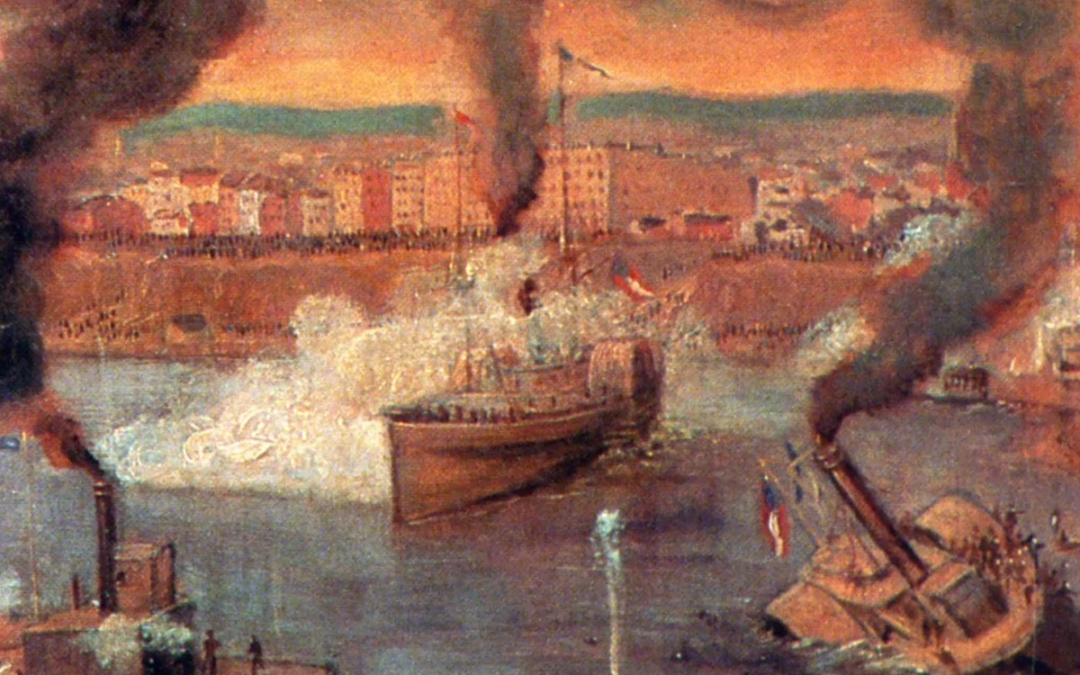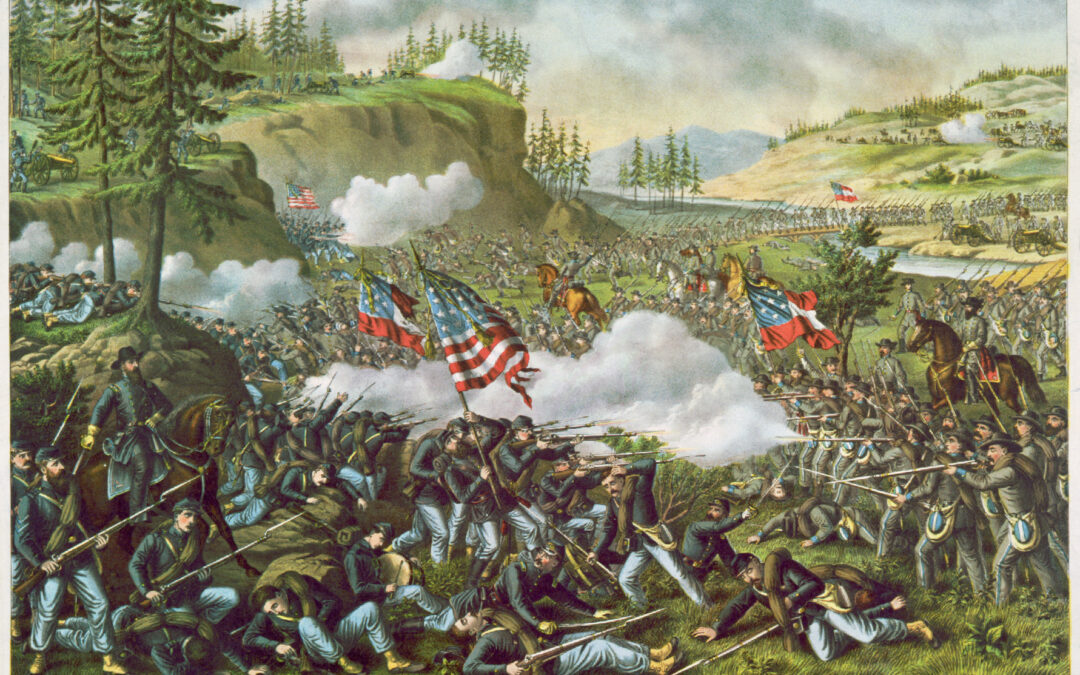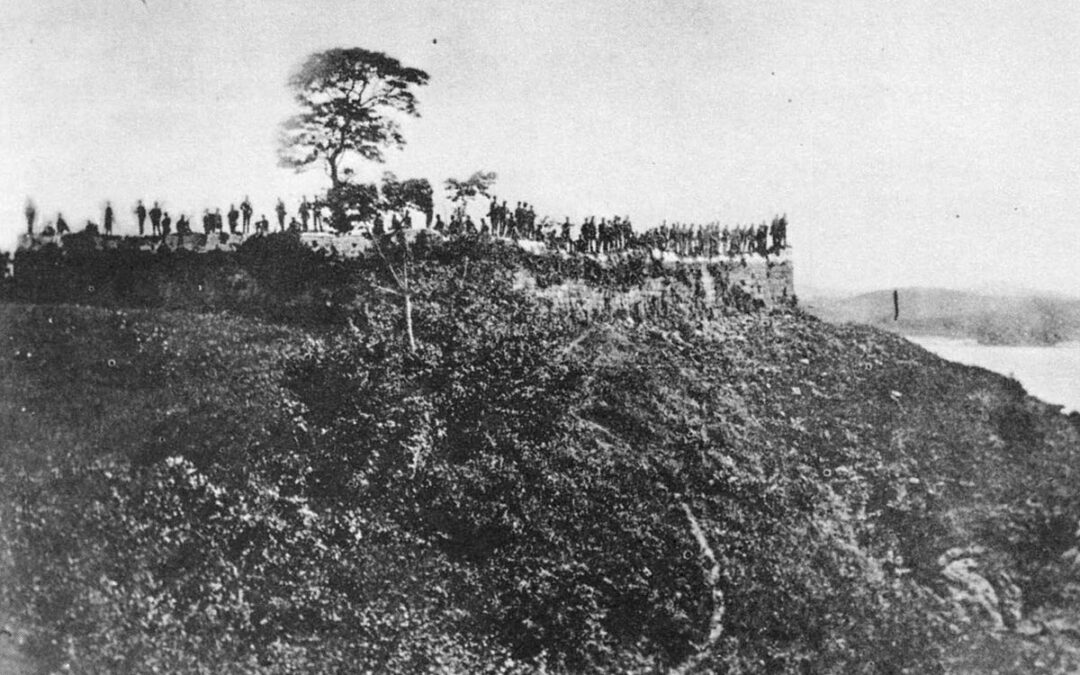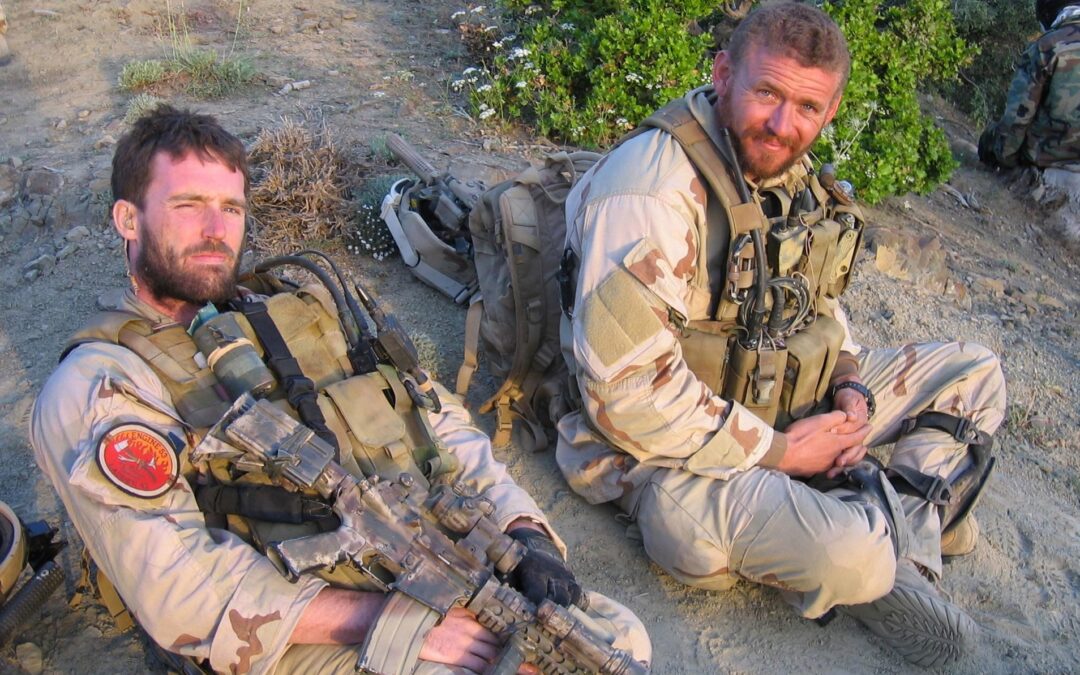On Oct. 7, 2001, less than a month after the Sept. 11th terror attacks, U.S. warplanes bombed targets in Afghanistan in what would be the opening offensive of Operation Enduring Freedom, the effort to drive the Taliban and al-Qaida from the country and install a democratic government. United States Toppled the Taliban-Ruled Islamic Emirate of Afghanistan CIA operatives and U.S. Special Forces teamed with the mostly-Tajik Northern Alliance to take Kabul, Mazar-i-Sharif, and other cities under an air umbrella that was provided primarily by the Navy and used Joint Direct Attack Munitions to devastating effect. Then-Marine Brig. Gen. Jim Mattis led Task Force 58, consisting of the 15th and 26th Marine Expeditionary Units, on an air assault that eventually resulted in the taking of Kandahar, the birthplace of the Taliban movement. By Dec. 9, 2001, the Taliban had collapsed, and leader Mullah Omar had fled to Pakistan. Then, the U.S. focus turned to the invasion of Iraq. On Oct. 7, 2018,...
